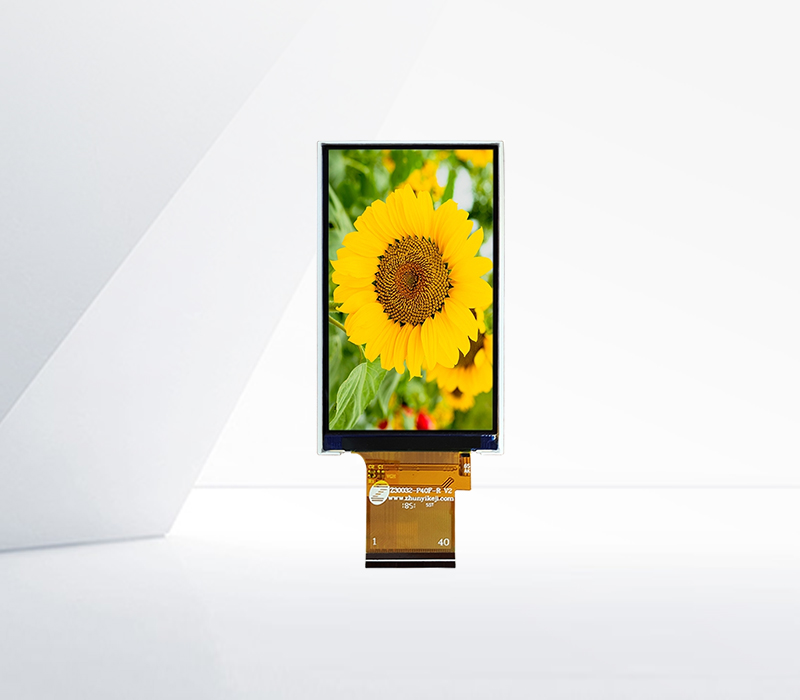




With the increasing amount of sensitive information being accessed and transmitted through touch - enabled devices, the security of touch panels has become a top priority. Encryption technologies play a crucial role in safeguarding user interactions, preventing unauthorized access to data, and protecting against various security threats.
One of the primary reasons for implementing encryption in touch panels is to protect user input. When a user enters passwords, PINs, or other sensitive information on a touch panel, it is essential to ensure that this data is encrypted before it is transmitted to the device's processor or other connected systems. This prevents eavesdropping and man - in - the - middle attacks, where an attacker could intercept and steal the user's information.
There are several encryption algorithms that can be used in touch panels. Symmetric encryption algorithms, such as AES (Advanced Encryption Standard), are widely used due to their high speed and efficiency. In symmetric encryption, the same key is used for both encryption and decryption. This makes it suitable for applications where speed is crucial, such as real - time touch input processing. However, the key management can be a challenge, as the same key needs to be shared securely between the touch panel and the receiving system.
Asymmetric encryption algorithms, on the other hand, use a pair of keys: a public key for encryption and a private key for decryption. This eliminates the need for secure key sharing, as the public key can be freely distributed. RSA (Rivest - Shamir - Adleman) is a well - known asymmetric encryption algorithm. While asymmetric encryption provides enhanced security, it is generally slower than symmetric encryption, making it less suitable for applications that require real - time processing.
In addition to encryption algorithms, secure key management is also essential. Keys need to be generated, stored, and distributed securely to prevent unauthorized access. Many touch panel manufacturers use secure element chips, which are dedicated hardware components designed to store and manage cryptographic keys. These chips provide a high level of security, as they are tamper - resistant and can protect keys from being extracted by attackers.
Another aspect of touch panel security is the authentication of users. Multifactor authentication, which combines something the user knows (such as a password), something the user has (such as a smart card), and something the user is (such as biometric data), can be implemented to enhance security. For example, some touch panels are equipped with fingerprint sensors or facial recognition technology, which can be used in combination with passwords to authenticate users.
In conclusion, encryption technologies are essential for securing touch panel interactions. By implementing robust encryption algorithms, secure key management, and user authentication mechanisms, manufacturers can protect user data and prevent security breaches. As the use of touch - enabled devices continues to grow, the importance of touch panel security will only increase.
